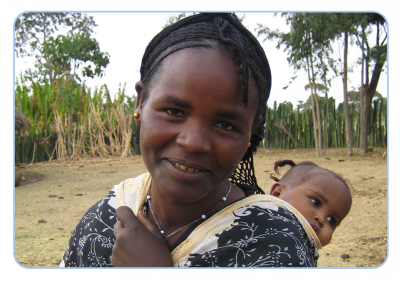What are pathways to change?
Under the behavior integration guidance (BIG) process, pathways to change move you through the behavior analysis process, all the way to strategy or intervention selection, using a Behavior Profile. This profile lets you see a full picture of each behavior so you can make solid decisions on what you are going to do and why you are doing it. It also gives you a clear route for measuring changes.
Why are these pathways so important?
The pathways are fundamental to bringing about social and behavior change. Social and behavior change is about changing the status quo so that primary actors are willing and able to practice your priority behaviors. Pathways to change help you do that in a way that resonates with your primary actors and encourages them to want to change their behavior. These pathways help you select and implement program strategies or activities that will impact your priority behaviors. Plus, they show you where and what to measure - behavioral outcomes and factor-level outcomes.
Developing and measuring along these pathways can bring about big change. Proof? Let’s look at the Ghana WASH for Health project, who used behavior integration, putting behaviors at the center of their work, and carrying out activities along their pathways to change.
During the COVID-19 pandemic, over only a 6-month period and using behavior integration, a Ghanaian team was able to increase handwashing with soap before eating and after defecating, proper retrieval of safe water drinking, and proper maintenance of household latrines by 37% and 26%, 34%, and 18% respectively! These are incredible results. Kudos to the Ghana team for being BIG all-stars.
These are the kinds of results you can expect from using behavior integration and developing and measuring along pathways to change.
[If you want to learn more about Ghana’s work, you can view the brief they developed, “Improving Key Water, Sanitation, and Hygiene Practices in Ghana through a Behavior-led Approach, 2021”.]
How do these pathways make BIG different?
While many other social and behavior change (SBC) or social and behavior change communication (SBCC) approaches look at some factors and suggest interventions, most do not follow along from behavior to steps needed, to factors to address or leverage, to influential supporting actors and their actions, to effective strategies, interventions, or activities – BIG’s pathways to change. Many jump right in with activities without thinking about how those activities will affect the factors and thus, ultimately, the priority behaviors.
With BIG, you stop, examine the evidence, develop your pathways, and then make decisions about appropriate interventions, implementation, and measurements.
 BIG CONCEPT:
BIG CONCEPT: 

 The Manoff Group was acquired by JSI in 2022.
The Manoff Group was acquired by JSI in 2022.